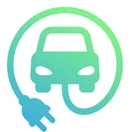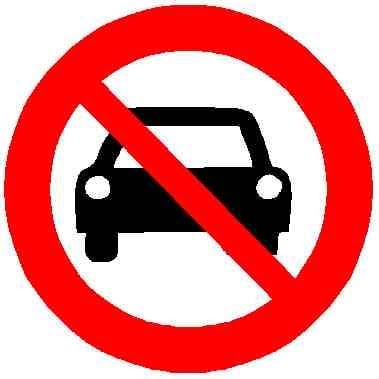

China’s market is also fundamentally different. The buyers care more about function than they do form. This is what allows vehicles like the Changli to sell in China for about $1,000 USD. People import them for about triple that, and there you go, a four figure electric car. These days there are even some commercial outfits in the United States that import dozens at a time and sell them for about $10,000 USD for people that don’t want to deal with the bologna that comes with international imports.
The safety and quality are certainly on par with the cost, but at low speeds, we certainly don’t need advanced safety equipment. Accidents would be less common anyway if people had more reaction time as a result of driving slower. Besides, many repairs that may be needed will be simpler to perform due to the less complex construction.
Regarding longevity, there are people using these things on farms, on construction sites, and in college towns. Might not last twenty years, but seeing how buying a used car for $500 can end up costing you more than $40,000 over less than a decade, I’d say the Changli is extremely compelling given the cost per year of ownership.






I see your point, but I also saw Juiced Bikes go out of business last month after 15 years in the industry.